Ball mills and hammer mills are both types of grinding mills used for size reduction, but they operate on different principles and have distinct characteristics. Here are the key differences between ball mills and hammer mills:
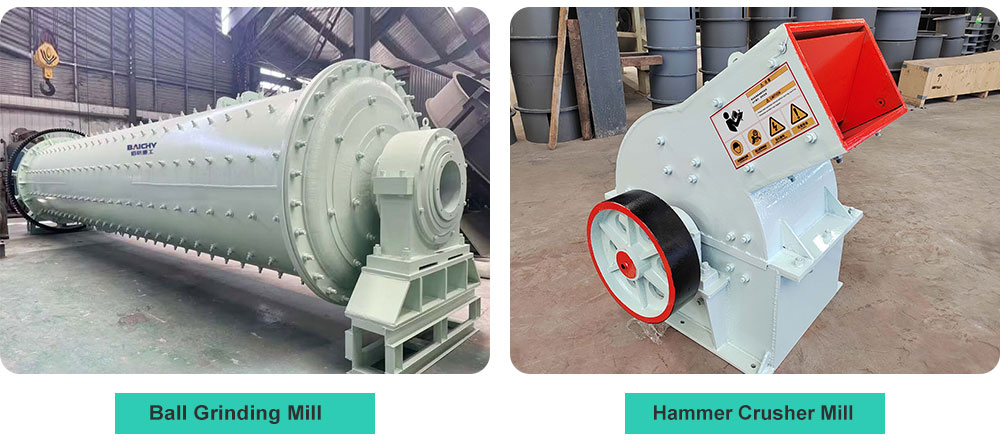
1. Working Principle
Ball Mill:
A ball mill consists of a rotating cylindrical shell that is filled with grinding media, usually steel balls. As the mill rotates, the balls cascade and tumble. When the material to be ground is fed into the mill, it is crushed and ground between the balls and the inner wall of the cylinder. The grinding action is a combination of impact (when the balls fall on the material) and attrition (as the material is rubbed between the balls and the wall). This slow and continuous process is well - suited for fine grinding. For example, in a mineral processing plant, ores are ground to a fine powder to liberate valuable minerals from the gangue.
The rotational speed of the ball mill is a critical factor. If it's too slow, the balls won't have enough kinetic energy to effectively grind the material. If it's too fast, the balls will simply rotate with the mill without the cascading and tumbling motion necessary for grinding.
Hammer Mill:
A hammer mill contains a rotor with a series of hammers attached to it. The material is fed into the mill through a hopper and is struck by the rapidly rotating hammers. The hammers shatter the material by impact. The broken pieces are then further reduced in size as they are thrown against a stationary breaker plate or screen. The size of the discharge material can be controlled by adjusting the size of the screen openings. For instance, in a feed mill, grains are quickly pulverized by the hammer mill to a suitable size for animal feed production.
2. Particle Size Reduction and Product Fineness
Ball Mill:
Ball mills are capable of producing a very fine product. They can grind materials to a particle size as fine as a few microns. This makes them ideal for applications where a high - degree of fineness is required, such as in the production of pigments, ceramics, and some pharmaceutical powders. The grinding process in a ball mill is relatively slow, but it can achieve a more consistent and uniform particle size distribution in the fine - grinding range.
However, if you want to produce a coarser product, a ball mill may not be the most efficient choice. The initial stages of size reduction in a ball mill can be time - consuming, especially if the feed material is large in size.
Hammer Mill:
Hammer mills are better suited for producing a coarser product. They can quickly reduce the size of the material from a relatively large feed size to a medium - coarse output. The particle size range is usually from a few millimeters to a few hundred microns. While they can produce finer particles to some extent by using finer screens and more aggressive hammer configurations, they generally do not achieve the ultra - fine grinding capabilities of a ball mill.
For example, if you need to break large chunks of limestone into a gravel - like product, a hammer mill can do the job more quickly than a ball mill.
3. Capacity and Throughput
Ball Mill:
Ball mills generally have a lower throughput rate compared to hammer mills when it comes to coarse grinding. Their grinding process is more time - consuming, so the amount of material that can be processed per unit of time is relatively less. However, for fine - grinding applications where a high - quality fine product is needed, the throughput is adjusted according to the desired fineness and the nature of the material.
The capacity of a ball mill can range from a few kilograms per hour for small - scale laboratory mills to several tons per hour for large - scale industrial mills. The actual capacity depends on factors such as the mill size, the type and size of the grinding media, and the material characteristics.
Hammer Mill:
Hammer mills typically have a higher throughput rate. They can quickly process large volumes of material, especially when the feed material is in a suitable size range. The high - speed rotation of the hammers allows for rapid size reduction, and the material can be continuously fed into the mill as long as the hammers can handle the load.
A typical small - to - medium - sized hammer mill can process several hundred kilograms to a few tons of material per hour, and large - scale industrial hammer mills can have capacities of tens of tons per hour or more.
4. Energy Consumption
Ball Mill:
Ball mills are known to be energy - intensive, especially for fine - grinding operations. The slow grinding process requires a significant amount of energy to rotate the mill and keep the grinding media in motion. The energy consumption per unit of product can be relatively high, especially when producing very fine powders.
However, the energy efficiency can be improved by optimizing the mill's rotational speed, the filling ratio of the grinding media, and the material feed rate.
Hammer Mill:
Hammer mills generally consume less energy for coarse - to - medium - sized grinding compared to ball mills. The high - speed impact process is more efficient for initial size reduction. But as the required product fineness increases and the hammers have to work harder to achieve finer particles, the energy consumption can also increase.
Overall, for applications where a quick reduction to a medium - coarse size is needed, a hammer mill is more energy - efficient.
5. Maintenance and Wear
Ball Mill:
The main components that experience wear in a ball mill are the grinding media (balls) and the inner lining of the mill. The grinding media need to be replaced periodically as they wear down. The lining also wears over time due to the abrasion caused by the grinding media and the material. The replacement of these components can be a time - consuming and costly process, especially for large - scale mills.
However, with proper maintenance and selection of high - quality materials for the lining and grinding media, the wear rate can be minimized.
Hammer Mill:
In a hammer mill, the hammers are the components that are most prone to wear. The hammers strike the material repeatedly, and over time, they can become blunt or break. The breaker plates and screens also experience wear. The replacement of hammers is relatively straightforward, and it's a common maintenance task. The frequency of replacement depends on the hardness of the material being processed and the intensity of use.
Compared to a ball mill, the maintenance of a hammer mill may be more frequent in terms of component replacement, but the individual components are usually easier and less expensive to replace.
In summary, ball mills and hammer mills operate on different principles and are suitable for different applications. Ball mills are ideal for fine grinding and precise particle size control, while hammer mills are versatile for grinding a wide range of materials but may produce a wider particle size distribution. The choice between the two depends on factors such as the material being processed, required particle size, and specific application needs.






 2025-11-17
2025-11-17



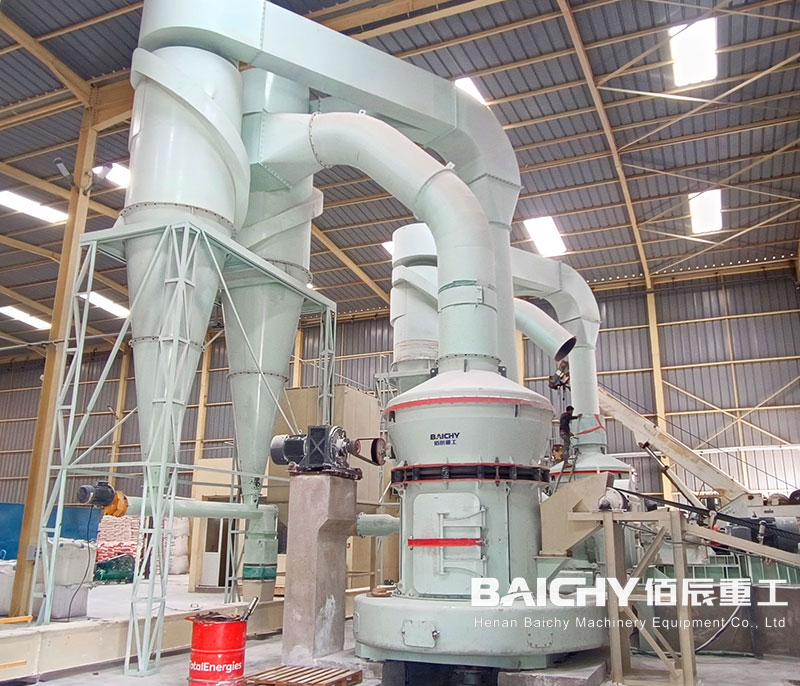
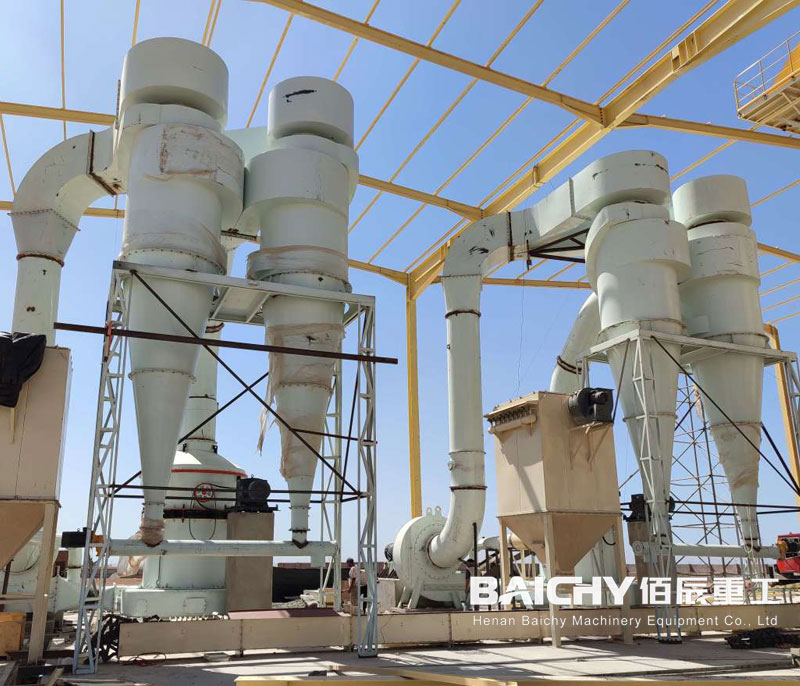
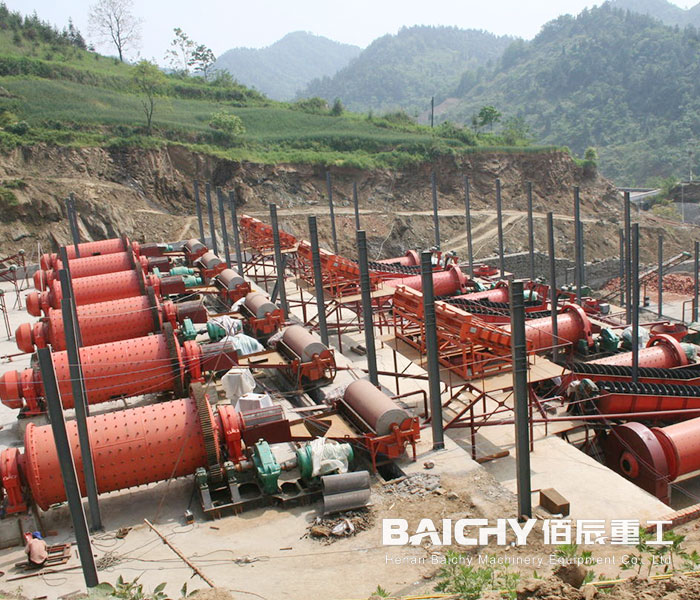
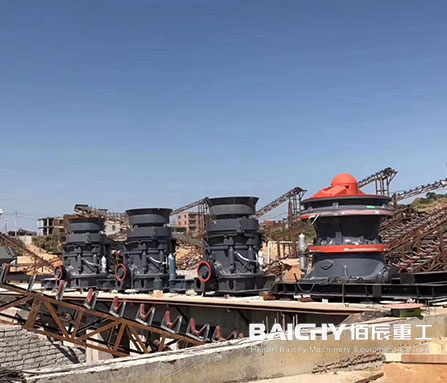














 86-15093113821
86-15093113821
 86-15093113821
86-15093113821

